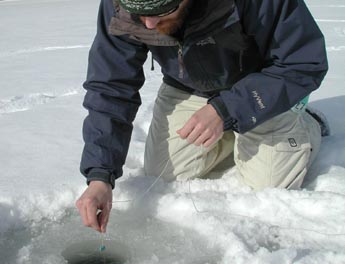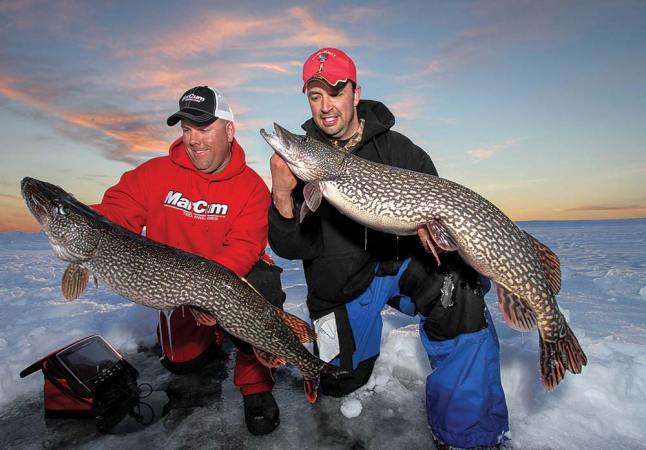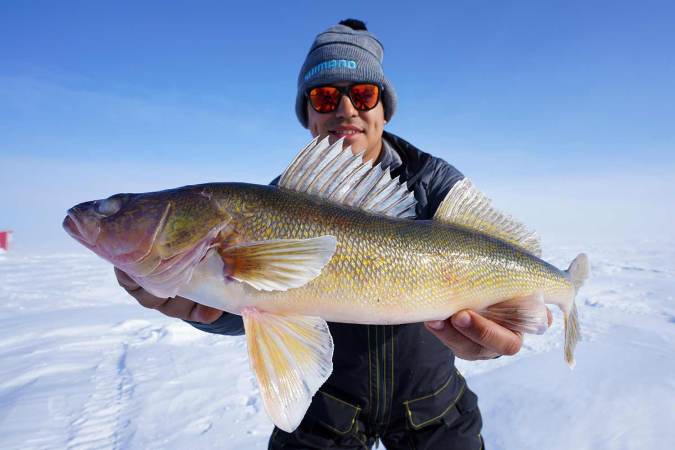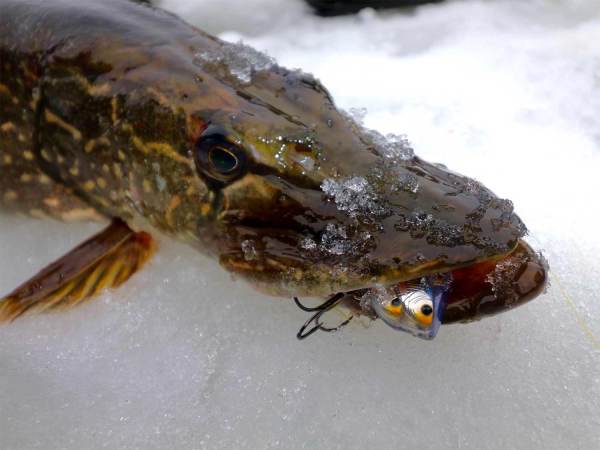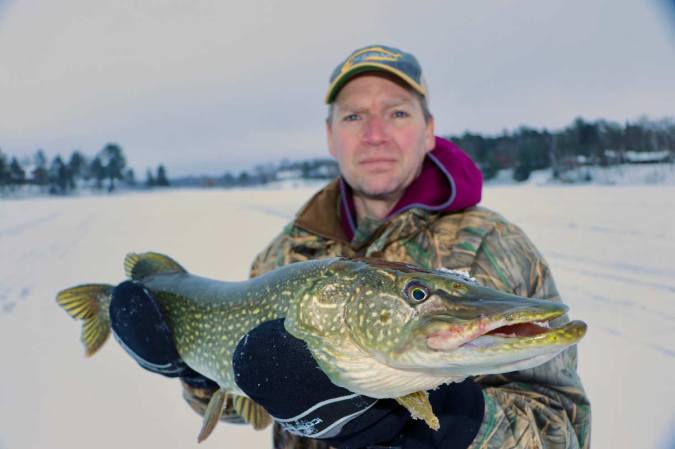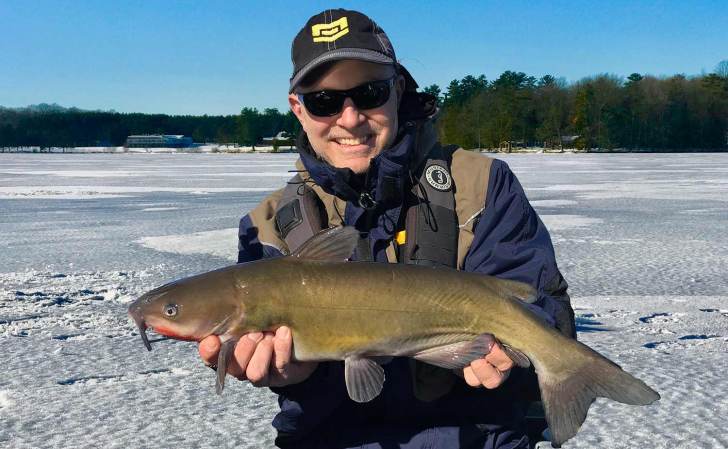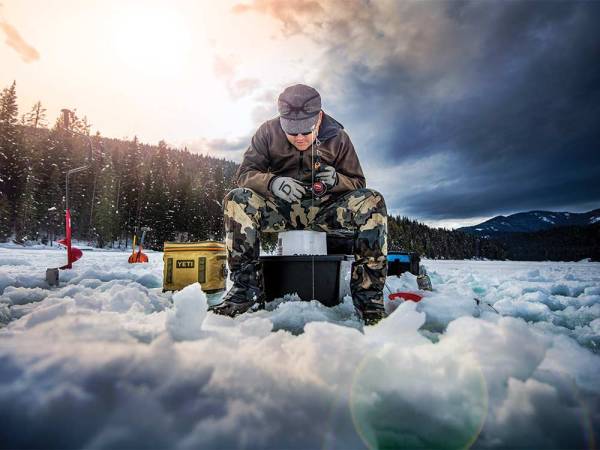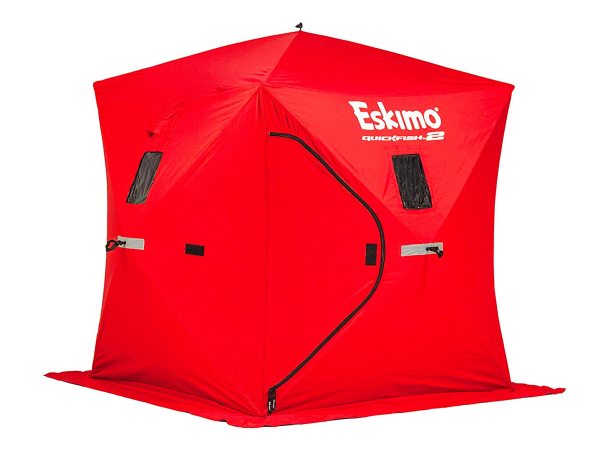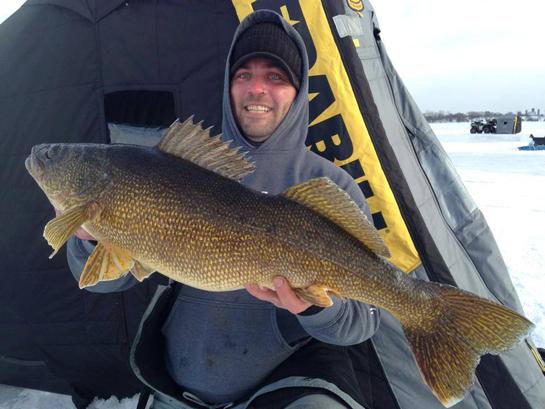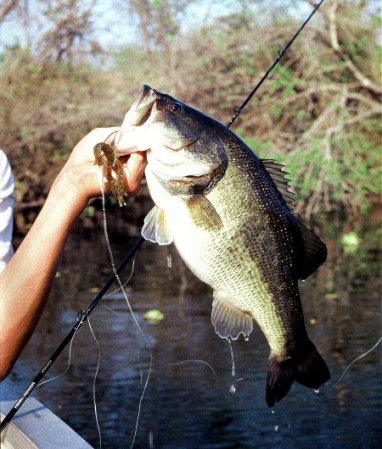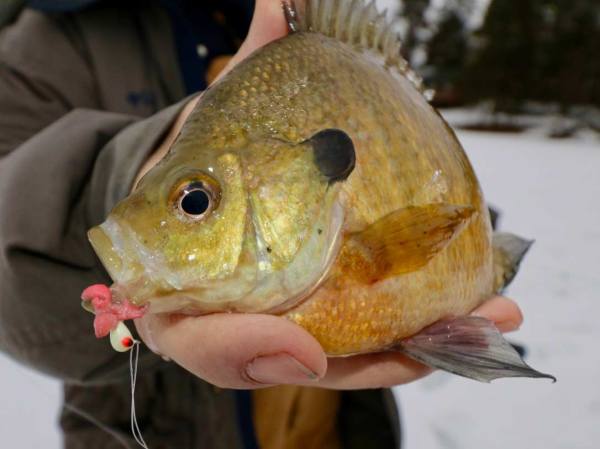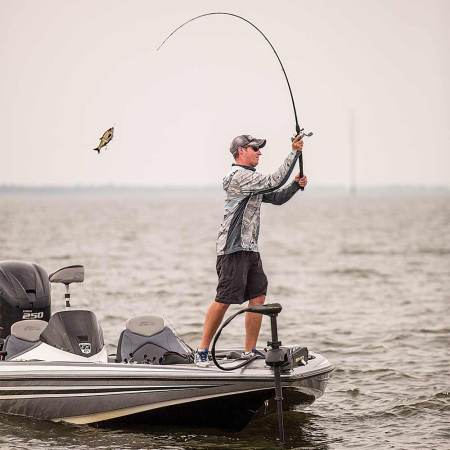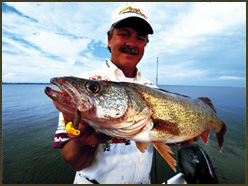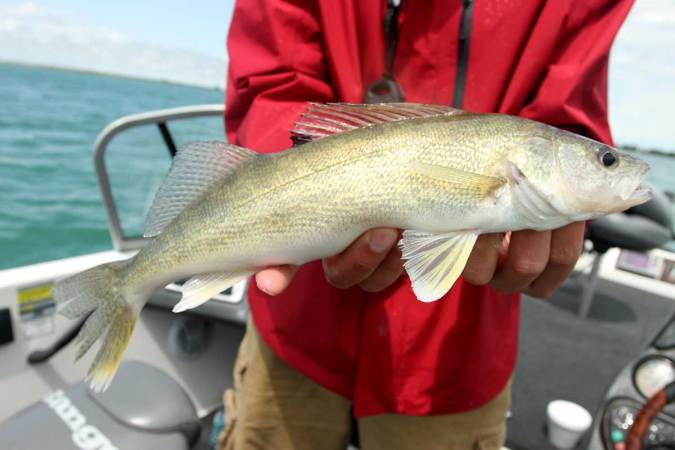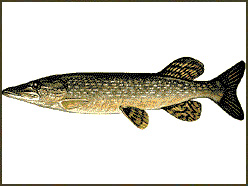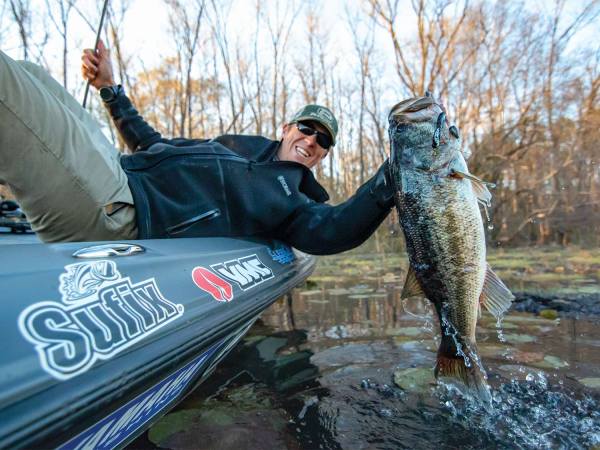**1. Live Minnow Rig **
This rig works well for lake trout and pike. Because pike anglers let the fish run until it stops before setting the hook (to give the fish time to get the bait in its mouth), and because lake trout are targeted deep, a no-stretch, 30-pound-test braided line is the best choice for the main line. Attach a swivel and a couple feet of monofilament as a leader (use 6- to 8-pound-test for trout, 14- to 20-pound-test for pike) and crimp on a split shot to keep the minnow down. Finish the rig with a treble hook. Keep the bait near bottom for lakers and just above weed beds for pike.
2. Single Egg Rig
A single salmon egg is a top bait for trout and whitefish, but it’s tricky to present. Use a Carolina-style rig. Slide an egg sinker (size depends on the depth, but don’t hesitate to use an ounce) onto the main line (10- to 14-pound-test monofilament or braided line), then tie on a swivel. Use 8 to 12 inches of 4- to 6-pound-test mono for a leader and finish it with a small single hook. Let the sinker sit on the bottom, but keep the main line tight.
[pagebreak] **3. Jigging Rig **
Jigging is the preferred method when targeting walleyes through the ice. The rigging is simple. Attach a swivel to prevent line twist and add a 12-inch leader. Both the main line and the leader should be 6- to 8-pound-test monofilament. Use a spoon, a jig or a swimming jig bait (such as a jigging Rapala) baited with a minnow. Jerk the bait up a couple of feet, but keep a tight line as the bait falls-that’s when most bites occur.
**4. Double Teardrop Rig **
Perhaps the best rig for panfish is the simplest. Tie a tiny lure (a teardrop or an ice fly) 10 to 12 inches above the tag end and another at the end of the 2- to 4-pound-test monofilament. Bait them with insect larvae (spikes, mousies, wax worms or wigglers) and fish near the bottom, raising the bait until you find where the fish are holding. Once you determine holding depth, add a bobber or otherwise mark the line (a piece of rubber band works well) to make sure you can return to the appropriate depth. In deep water, replace the bottom teardrop with a small spoon or a jig for additional weight to get to the bottom.
